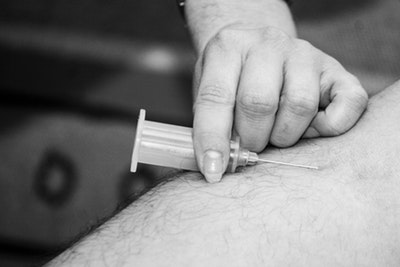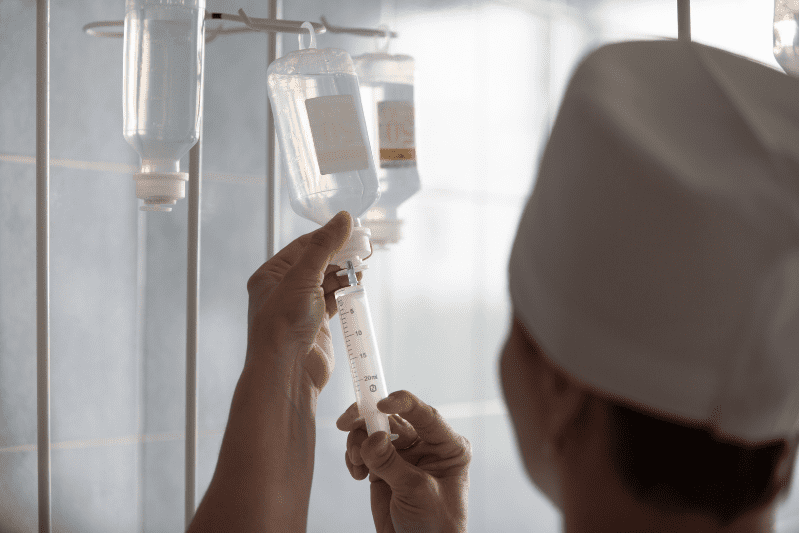Are you tired of dealing with infections after they occur? Are you hoping to prevent them from getting into your bloodstream and causing more damage? If so, then you need to learn all that you can about IV dressing.
Initiating the correct dressing before injecting the needle into your vein can result in less harm being done. It will also help to keep more blood from being spilled during the injection.
Learn about what you need to know about IV dressing and how to use them today.
Importance of IV Dressing
An IV dressing is a sterile barrier that covers the insertion site of an intravenous (IV) catheter. The dressing protects the site from contamination and also helps to keep the catheter in place. IV dressings are typically changed every three to five days, or as needed if they become wet or loose.
IV Dressing Types
There are several types of IV dressings available, including transparent dressings, hydrocolloid dressings, alginate dressings, and antimicrobial dressings. The type of dressing that is used will depend on the preference of the healthcare provider and the patient, as well as the specific needs of the IV site.

1. Transparent Dressings
Made of a clear, breathable material that allows the site to be monitored without having to remove the dressing. For more details, read about transparent iv dressing here.
2. Hydrocolloid Dressings
The dressing is composed of a hydrocolloid material, typically gel or paste, which can be a synthetic or natural polymer. The gel acts as a physical barrier between the wound and the external environment, protecting it from further damage and aiding in the healing process.
3. Alginate Dressings
Alginate dressings are a versatile type of wound dressing made of a seaweed-derived, absorbent material. It helps to protect the wound and protect the surrounding skin from water, bacteria, and other contaminants.
It provides a moist environment in the wound area and may help to stimulate natural healing by providing a physical barrier against infection while maintaining a moist PH-neutral environment to promote healing.
4. Antimicrobial Dressings
It contains active ingredients such as silver, iodine, or other agents to help kill bacteria, they do not necessarily create a moist environment that promotes wound healing. Antimicrobial dressings also allow a better flow of irrigation, more comfort for the patient, and improved protection from external contaminants.

IV Dressing Change
When changing an IV dressing, there are a few things to keep in mind to avoid infection or other complications. You need to wash your hands thoroughly with soap and water before beginning the dressing change.
Then, clean the area around the IV site with an antiseptic solution such as betadine. Be careful not to touch the IV catheter or tubing with your bare hands.
After, apply the new dressing in a clean, dry area. Secure the dressing in place with tape or a gauze bandage. Wash your hands again after the dressing change is complete.
Having Knowledge of IV Dressing Is Important
IV dressing changes are an essential part of caring for an IV site. Be sure to have the right supplies on hand, use sterile gloves, keep the area clean and dry, and notify medical staff if any redness, swelling, pain, or other signs of infection occur.
Taking the proper precautions and following guidelines can help ensure accurate and safe care for an IV site. If you need any additional information about IV dressing, please consult a medical professional.
Be sure to check out our latest posts.

